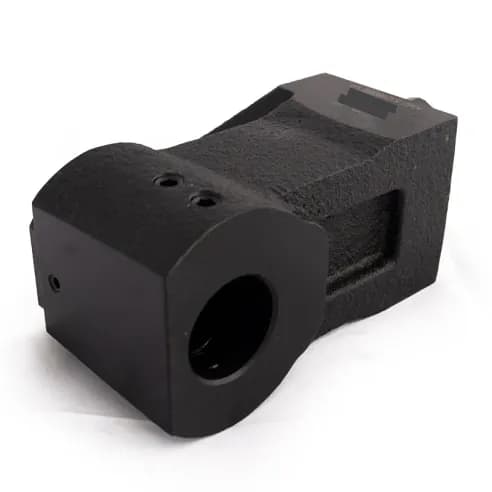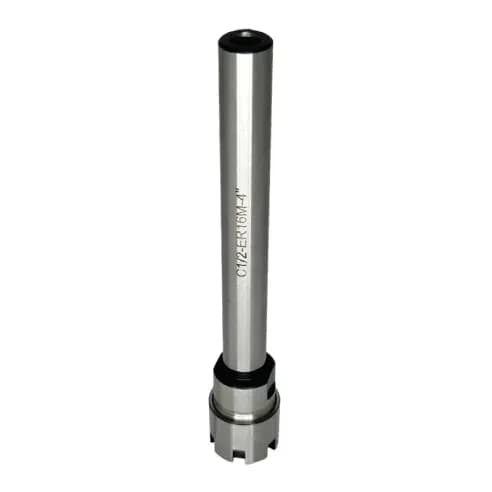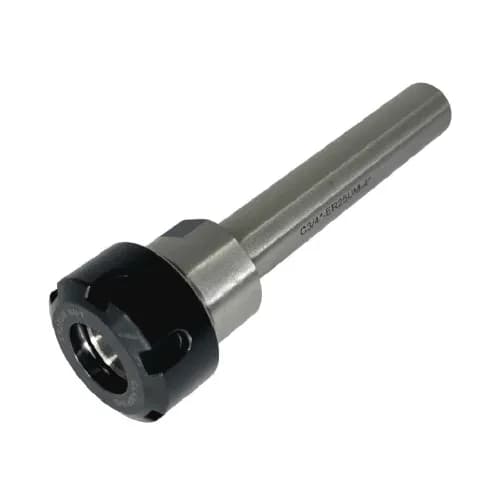
CA$72.59
excl. taxesCA$145.18
CA$304.76
excl. taxesCA$310.98
CA$281.02
excl. taxesCA$286.76
CA$72.59
excl. taxesCA$145.18
CA$286.75
excl. taxesCA$573.51
CA$311.20
excl. taxesCA$317.55
CA$72.59
excl. taxesCA$145.18
CA$369.64
excl. taxesCA$739.29
CA$33.15
excl. taxesCA$33.83
CA$34.30
excl. taxesCA$35.00
CA$38.68
excl. taxesCA$39.47
CA$75.98
excl. taxesCA$77.53
CA$82.42
excl. taxesCA$84.10
CA$82.42
excl. taxesCA$84.10
CA$95.09
excl. taxesCA$97.03
CA$95.40
excl. taxesCA$97.35
CA$110.51
excl. taxesCA$112.77
CA$121.56
excl. taxesCA$124.04
CA$121.56
excl. taxesCA$124.04
CA$121.56
excl. taxesCA$124.04
CA$223.94
excl. taxesCA$228.51The cutting process in a lathe is carried out by rotating the workpiece in the spindle and feeding the lathe carriage, in which the cutting tool is securely fixed. In most modern lathes, all types of lathe tools like cutters, drills, and taps are mounted through tool holders for lathe, which in turn are mounted in the turret. You can read about the types of turrets in our article on this lathe turret types.
CNC tool holder for metal lathe is classified by the type of machining and/or the type of tool to be mounted in the fixture and size. The main types of lathe tools holders include:
The most common type of tool holder lathe for mounting tools with a square shank for machining the outer diameter of the workpiece. The tool in such holders is positioned perpendicular to the axis of rotation of the part (radially). The holder design always includes a slot for the tool and a clamping plate for fixation.
Structurally identical to radial tool holders for lathe, except that the tool is positioned parallel to the axis of the spindle rotation (axially). Mainly used for holding tools for face grooving. They can also be used for external and internal turning operations.
Used for mounting round shank boring bars for inside diameter (ID) machining. The bar is positioned against the face of the workpiece. Usually they have three clamping screws because the tool often needs to be clamped along a longer length. Typically, two nozzles for coolant supply are located externally on these lathe tools holders.
Used for mounting indexable drill bodies including U drills with interchangeable inserts or heads. They usually have two screws in a row and an additional positioning screw on another side. Designed for shanks with a large flat and internal coolant supply through the drill. This tool holder for metal lathe can be universal and also hold boring bars.
Used for mounting flat parting blades. They replicate the design of radial tool holders for lathe, except for the square cross-section. The slot and clamping plate form a "dovetail" type mount for secure blade positioning.
Used for mounting lathe static tools, mainly drills with a Morse taper shank. The hole in the tool holder lathe matches the Morse taper standard. There are Morse taper holders with side windows for access to the clamping screws of the adapter.
Used in lathes for mounting small diameter drills and taps. Collet chucks typically range from ER16 to ER32 standards. The precision of lathe tools clamping and positioning highly depends on the runout of the collets used.
Used for mounting drills in a classic jaw chuck. When the tail part rotates, the screw moves axially, giving the chuck jaws radial-axial movement. The jaws slide within the body and along the collar, securing or releasing the tool from the clamping force.
Used for mounting taps and provide compression and tension compensation. A reliable mechanism compensates for possible misalignment between spindle rotation speed and feed movement (especially important during reverse operations).
This category includes bar pullers, stop blocks, plugs, and blank blocks for custom manufacturing applications with your tool holder for metal lathe.
We mentioned in the first paragraph that it is essential to know the type of turret your lathe has before selecting lathe tools and holders.
Next, there are two proven approaches to select tool holder lathe systems: purchasing a universal set of holders if you work in a general job shop or selecting tooling for a specific technology, i.e., a part or group of parts.
If you are unsure what orders you will receive tomorrow, simply choose the most common tool holders for lathe from the latest catalogue. For example, if your CNC lathe has 10 positions for BMT65 holders, we recommend starting with the following lathe tools setup:
This method simplifies the selection of tool holder lathe systems to some extent. After receiving the process map from the technologist, you only need to ensure that each cutting tool has the corresponding tool holder for metal lathe. An important aspect of this selection is the correct placement of lathe tools in the lathe turret. For example, a long boring bar might interfere with OD turning, so these types of holders are better positioned in opposite locations in the turret, and so on.
Expert Tip: Keep monitoring suppliers' newsletters to get the latest tool holders for lathe innovations, and please always remember, if this is not your first CNC machine, first check your existing stock of lathe tools and holders. It is quite common for shops to purchase new tool holder for metal lathe that they already have. This will save you money and make your operations more sustainable.